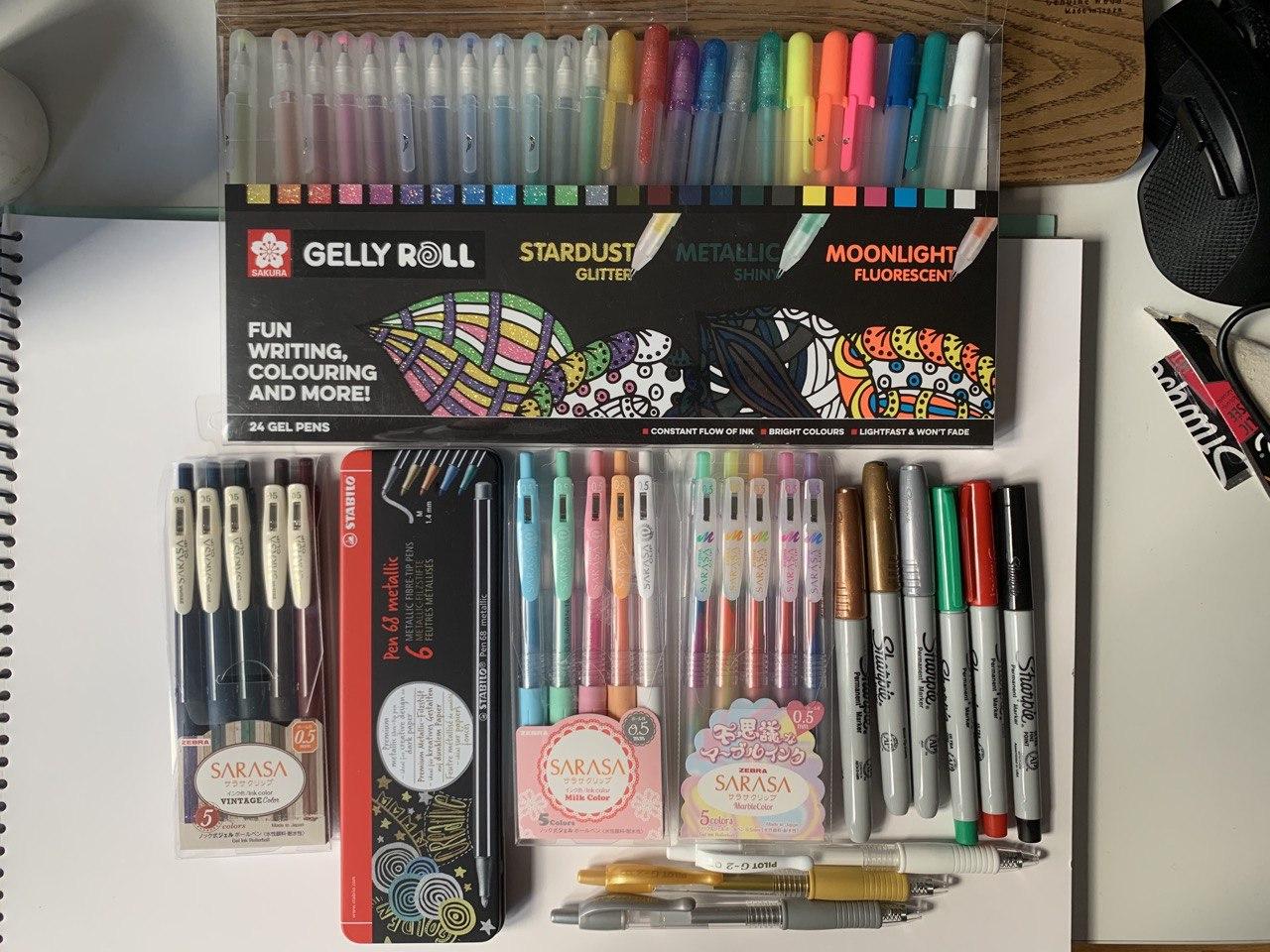How to Start Dataviz Sketching

Last week, I was invited to be a panellist on the Data Visualization Society's latest "fireside chat", talking about the ways I use sketching in my visualization process. It was a fun chat, with some great questions from the audience. If you want, you can watch the full thing here:
For those who don't want to sit through the full hour, I figured it might be useful to summarise the key points I made about how sketching fits into my process, why I find it useful, and how to get started with sketching.
How I use sketching in my dataviz process
There are three different ways I use sketching in my work.
The first is that I keep a dataviz sketchbook, and I've made a habit where I do some random visualization-oriented sketches in it every few days by hand. I share these fairly regularly on Twitter and here on my blog. Some are terrible! But I have to do the terrible ones to do the good ones, if that makes sense. The most important thing is to keep the habit going, because these sketches often inform my later work.
The second way I use sketching is when I've got some data. I'll quite often do some rough digital sketches, using a platform like Google Sheets, Rawgraphs or Flourish. Some people call this exploratory visualization, but to me it's just digital sketching. Once I've done a few of these digital sketches, I look back at my sketchbook and begin thinking about whether there's an interesting approach there that would suit the shape of the data. This quite often results in some more hand-drawn sketches, and I slowly lock down the broad visual approach that I want to take.
Then finally, when I've got the large-scale shape of the visualization locked in I'll use a sketching-based approach to nail down the detail - what an annotation should look like, or different shapes for bars, etc. This can sometimes mean trying out different approaches digitally, but if it's not trivial then I'll break out my pencil and notebook and try a few things there instead. I find that I come up with less obvious solutions that way, moving beyond the defaults in whatever package I'm using.
Why I find sketching useful
For me, sketching weaves in and out of lots of parts of my process. I don't really have a model where I draw some sketches and then I digitise them. Instead, I sketch before I have something to visualize, I sketch after I've got the data and need to figure out how to represent it, and I sketch when I'm nailing down the details.
So I go back and forth a lot between the computer and the paper. Also sometimes my iPad and stylus - which is a weird blend of the two. I want to use that more! But yeah - I've trained myself so that when I find myself stuck on a problem, before I get frustrated, I take a short break and then switch to a different set of tools. That switches my mindset, and usually lets me solve the problem.
How to get started with sketching
So there are basically two approaches you can take. Some people recommend starting with the cheapest possible pencil and paper. Whatever is lying around - just start scribbling.
The main advantage of this is obvious - you can start immediately. But there's another advantage too - and that's that if you're using scrappy tools then you won't mind if the resulting sketches are a bit scrappy. And for people who've never been able to draw, like me, that's a big plus.
The other route is to invest a little bit of money in your tools. I have a nice Moomin-themed notebook, and a really nice Rotring mechanical pencil, for example.
I've found that spending a bit of money on nice tools has a few advantages - first the spend guilts me into actually using the tools on a regular basis. If I haven't used them in a while I start getting itchy. Second the nice tools make me enjoy the process a lot more than I would if I was using scrappy paper and pens.
Finally, I find that nicer tools give me a kind of "creative permission" to do nicer work, and I'll be more proud of the results. I don't think I'd have started sharing my sketchbook pages if they were done with some chewed pencil on the back of an envelope.
You've probably already got a sense of which of those approaches suits you better. But if not then try both! Try the scrappy, free approach first, and if it doesn't work but you still want to sketch, then consider spending money on a tool that'll make you excited to use it.
Finally, the last bit of advice I'll give here is to make it a habit. Build it into your process. Keep it on the one. Sketch regularly, especially when you don't need to. That way when you do need to, you'll not only be practised at it but you'll have a backlog of inspiration to work from.
I'm always happy to answer any questions on sketching. Shoot me a tweet, or drop me an email.

